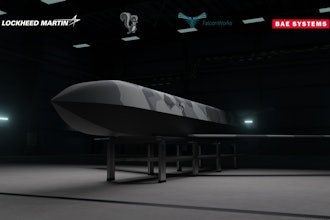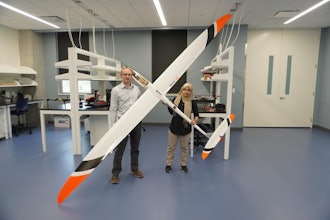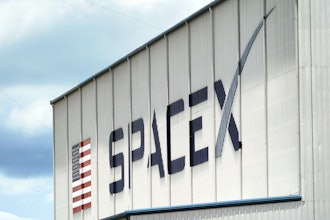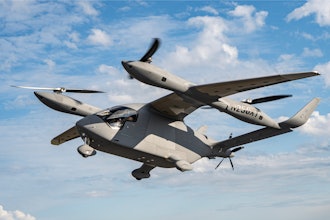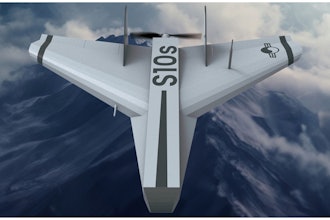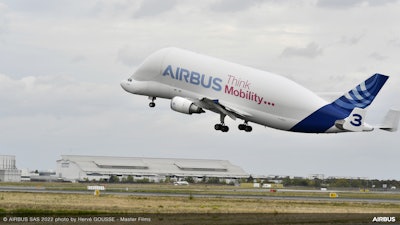
The Airbus BelugaST (A300-600ST) landed in Florida this weekend at the Kennedy Space Center at Cape Canaveral. The BelugaST delivered the Airbus-built HOTBIRD 13G satellite for Eutelsat.
The delivery was made a few hours after its twin, HOTBIRD 13F, was successfully launched by a SpaceX Falcon 9 rocket.
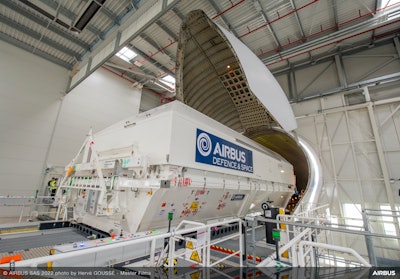 Beluga loading Hotbird 13G in Toulouse.Airbus
Beluga loading Hotbird 13G in Toulouse.Airbus
The spacecraft are the first members of the new "Eurostar Neo" family of Airbus telecommunications satellites, based on a next-generation platform and technologies developed with the support of the European Space Agency (ESA) and others, including the Centre National d’Etudes Spatiales (CNES) and the UK Space Agency (UKSA).
The milestone also marks the first time since 2009 that the Beluga has visited the United States, when it transported the International Space Station European module Tranquility. For this latest mission, the Beluga used 30% Sustainable Aviation Fuel (SAF) for its departure flight from Toulouse.
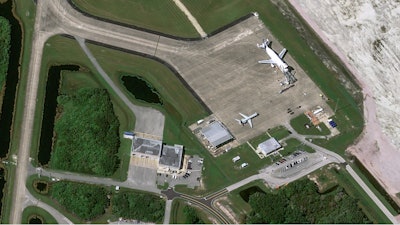 Beluga and Hotbird at KSC. Photo taken by the Pléiades Neo satellite.Airbus
Beluga and Hotbird at KSC. Photo taken by the Pléiades Neo satellite.Airbus
Once they reach their orbital position, the two satellites, with more efficient power and thermal control systems than their predecessors, will be able to broadcast more than 1,000 television channels across Europe, Northern Africa and the Middle East. They will also enhance Eutelsat’s ability to provide connectivity for more than 135 million people, as they replace three Eutelsat satellites currently in orbit.
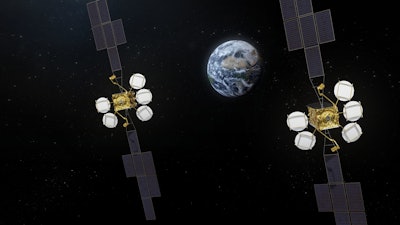 Artist rendering of the HOTBIRD 13F and 13G twins in orbit.Airbus
Artist rendering of the HOTBIRD 13F and 13G twins in orbit.Airbus
With the advent of the new BelugaXL, based on the larger A330-200 platform, the existing BelugaST fleet is progressively being made available for outsized freight transport services globally. Since the launch of the new Airbus Beluga Transport service in January, the BelugaST has performed missions for various customers worldwide.
 Beluga finished loading Hotbird 13G in TLS.Airbus
Beluga finished loading Hotbird 13G in TLS.Airbus










